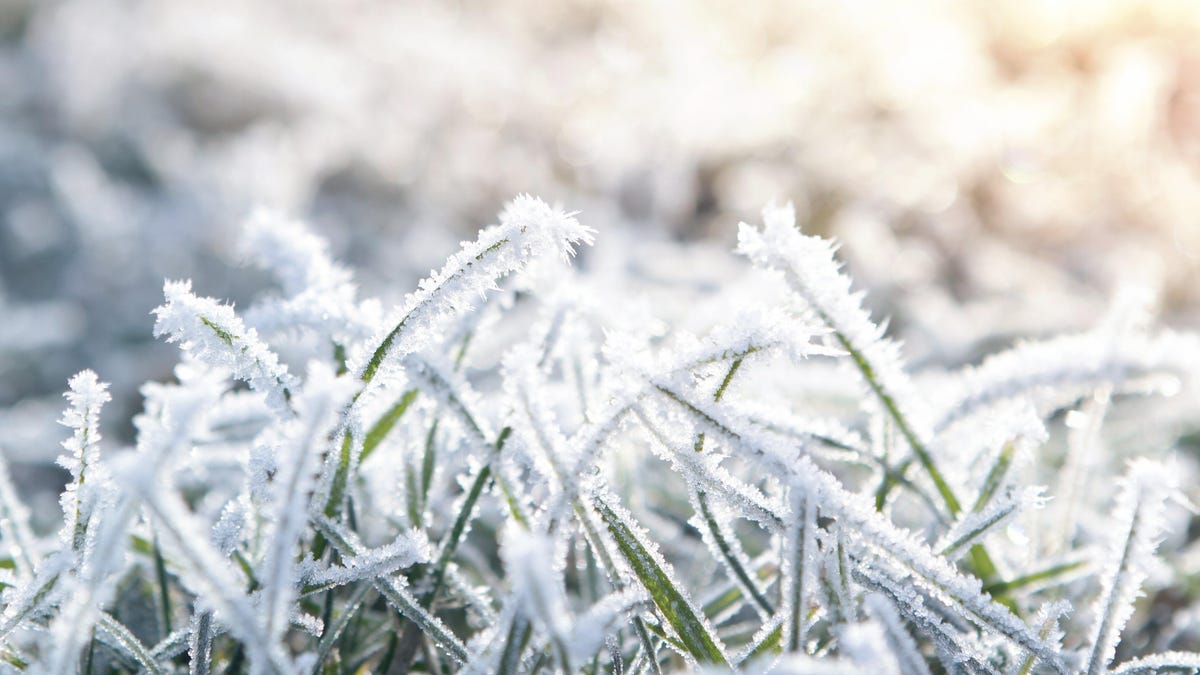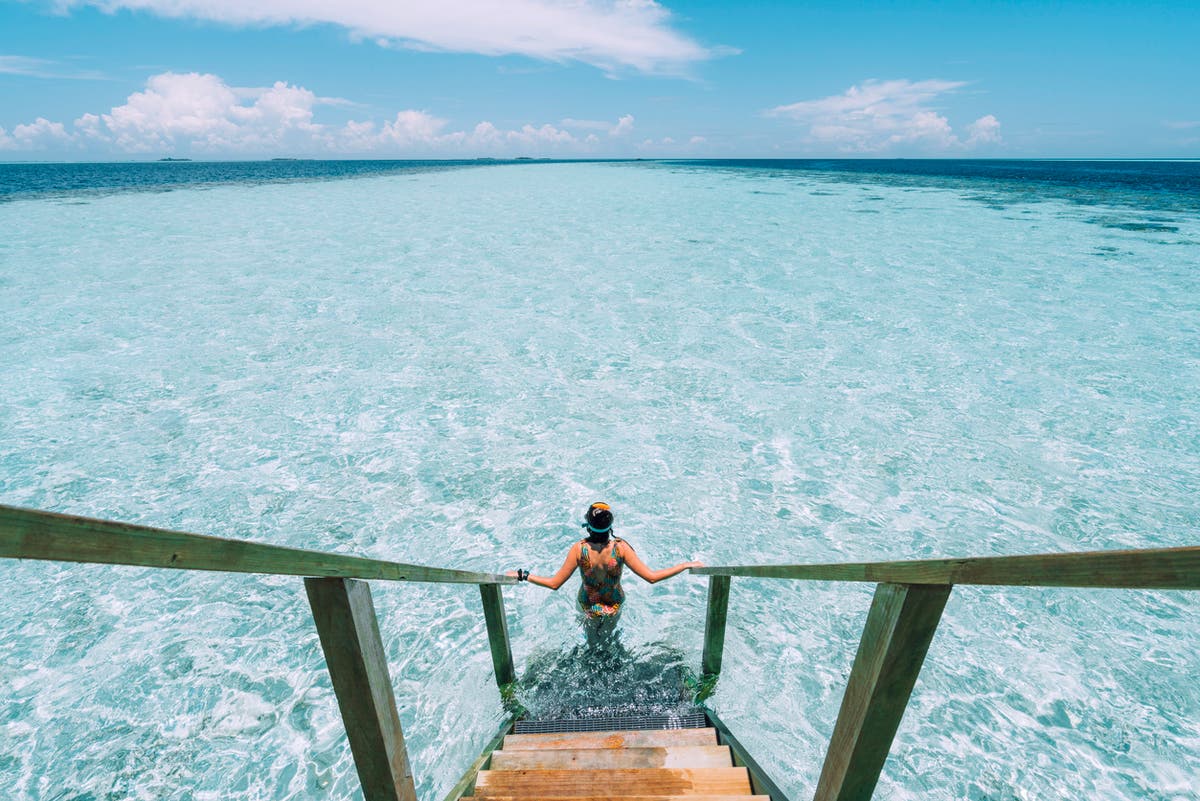Stop Killing Your Lawn in the Winter
Whether you have a traditional green grass lawn, or one of the alternative varieties gaining traction recently—like bee lawns, clover lawns, or tapestry lawns—you probably want it to be intact when spring eventually rolls around. You also probably don’t...


Photo: rangizzz (Shutterstock)
Whether you have a traditional green grass lawn, or one of the alternative varieties gaining traction recently—like bee lawns, clover lawns, or tapestry lawns—you probably want it to be intact when spring eventually rolls around. You also probably don’t want to put time and energy into maintaining it over the winter.
The good news is that you really don’t need to do much to make that happen—just don’t kill it. Here’s how to avoid doing that.
Find somewhere else to pile shoveled snow
When you’re shoveling your sidewalk or driveway, it’s convenient to dump the snow onto your lawn, but try to avoid doing that if possible—especially if you used deicer on the pavement. (More on that in a bit.) Both the salt in the deicer and the weight of the snow could damage your lawn.
Shovel carefully
Speaking of shoveling, pay attention to what you’re doing when you get close to the edge of your lawn. In other words, try not to remove chunks of lawn or soil along with the snow.
Don’t use deicers containing sodium chloride
OK, back to deicers. Traditionally, salt—or products containing sodium chloride—is used to help melt ice and snow on sidewalks and other pavement. But according to Richard Jauron , an extension horticulturist at Iowa State University, those formulations tend to damage to your lawn the most.
That’s because when soil has high levels of salt, lawns and other plants can’t absorb enough water, even though there may be plenty of it (thanks to the snowfall). This results in a condition called “physiological drought,” Jauron explains.
Instead of using deicers with sodium chloride, he recommends opting for ones with calcium chloride, potassium chloride, and magnesium chloride, which are less harmful to lawns and plants.
Avoid foot and vehicular traffic
When soil is compacted, it affects a lawn’s drainage, and ability to absorb nutrients, so it’s best to avoid walking, driving, or parking on your lawn, whenever possible. We’re not saying that kids shouldn’t be allowed to play in the snow on the lawn, but it might be something to consider when designating a winter play area.
Those living in places that get enough snowfall to require a snowblower or having your driveway plowed may want to put thin wooden or metal stakes along the perimeter of your lawn. This will let the person doing the snow removal know where the driveway ends.

 BigThink
BigThink 




























![6 Ways Creators Can Use Meta AI [Infographic]](https://imgproxy.divecdn.com/oWHvh1SOQzpl85udkH3rBnzoX7T5sjKPkJpQi2A8T5w/g:ce/rs:fit:770:435/Z3M6Ly9kaXZlc2l0ZS1zdG9yYWdlL2RpdmVpbWFnZS82X3dheXNfY21ldGFfYWkyLnBuZw==.webp)


